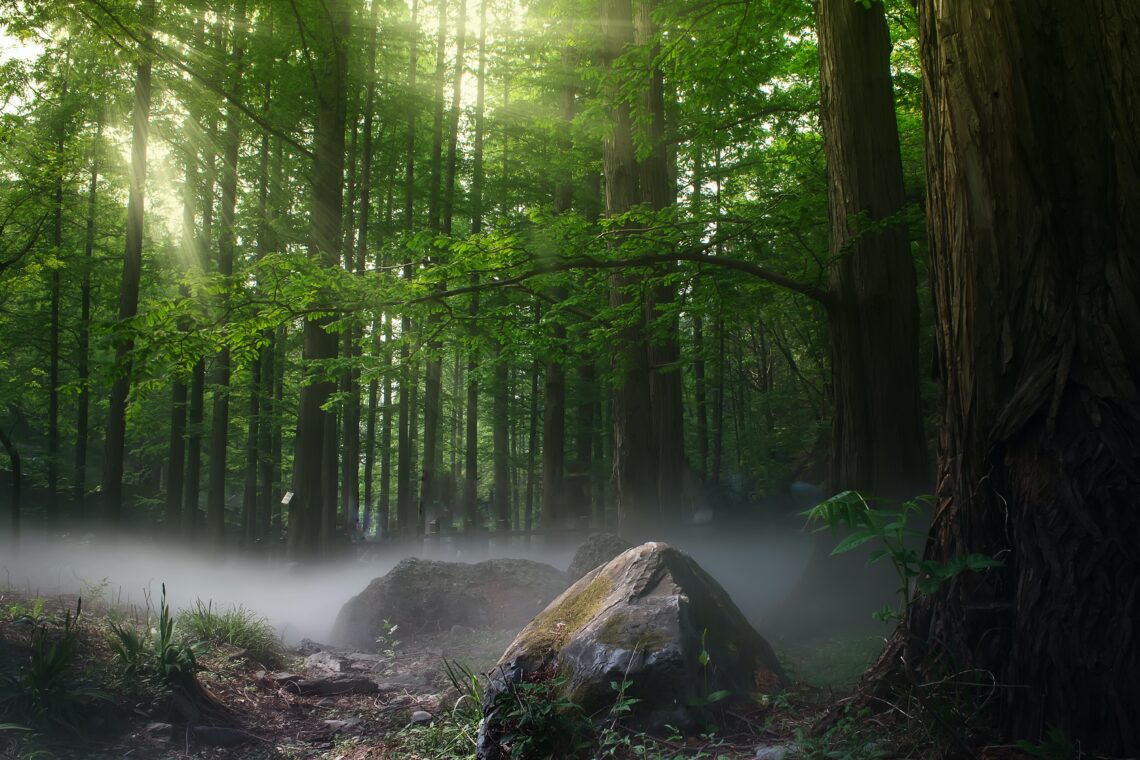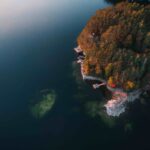
Keeping the land: Sharing Indigenous stories of place
Land and culture are interconnected and inseparable to Indigenous communities across Canada.
These communities have worked to preserve Canada’s biodiversity along with ancient cultural sites and Indigenous history. More and more, Canada is seeing this influence in its tourism industry, with some groups recognizing the sector’s potential for promoting Indigenous voices.
Pimachiowin Aki (pronounced pim-MATCH-o-win a-KEH), is an area that covers 29,040 square kilometres in eastern Manitoba and northwestern Ontario. It was declared a UNESCO World Heritage Site in 2018 and is the first in Canada to be inscribed for both natural and cultural values. In Pimachiowin Aki, culture and the natural world are inextricably linked for the Anishinaabeg. The Anishinaabe communities care for it according to the principles of Ji-ganawendamang Gidakiiminaan, which translates to “keeping the land” in Anishinaabemowin, the Ojibwe language.
“It’s a sacred responsibility,” says Alison Haugh, executive director for the non-profit Pimachiowin Aki Corporation. The charity comprises Bloodvein River, Little Grand Rapids, Pauingassi, and Poplar River First Nations along with government partners. “Anishinaabeg fulfill the sacred responsibility to care for the land for the benefit of future generations, and that was a motivation to protect the area for the benefit of the world, really.”
Haugh says the process of obtaining a world heritage listing for Pimachiowin Aki started in the early 1990s, when First Nations communities led the management planning of their ancestral lands. It was during this time that they worked with Elders to document the vision they had for it.
The communities wanted to achieve a high level of protection so they could appeal to the international community should any development with adverse effects on the land and the people be allowed to proceed.
“There was a desire among First Nations to work together to create a network of linked protected areas,” Haugh says. “The idea was to protect the land from large-scale industrial development. They were seeing logging, mining and hydro development occurring in neighbouring First Nations’ traditional territories, and they didn’t want that to happen.”
According to Pimachiowin Aki’s website, between 6,000 and 9,000 tourists visit the heritage site each year. Most of the tourism happens in Woodland Caribou Provincial Park in Ontario and Atikaki Provincial Park in Manitoba. There are a number of Indigenous- and non-Indigenous-owned tourism businesses throughout Pimachiowin Aki that receive business as well. Tourism levels are monitored by the Pimachiowin Aki Corporation to ensure that it doesn’t compromise the values and integrity of the site.
Some Indigenous communities are getting involved with tourism in a more direct way. A First Nation in Ontario is using a more standard tourism business model to provide experiential tours to visitors. Wikwemikong Tourism is an award-winning company owned and operated by Wiikwemkoong Unceded Territory, the largest Anishinaabek community on Manitoulin Island.
Luke Wassegijig, an Indigenous tourism manager, says although the Wikwemikong Tourism brand wasn’t created until 2012, the community first engaged with the idea of Indigenous tourism in the early 2000s when there was a demand from international markets like Germany and the Netherlands.
“Our first project was something simple,” Wassegijig says. “We built what’s called the Historical Plaque Project, which started out as a self-guided tour to four different sites.” He adds that they consulted on the plaques’ content with local academics and knowledge keepers in the community.
Wikwemikong Tourism have gone on to offer what’s now called the Unceded Tour, which delves into pre-European contact history on Manitoulin Island and discusses significant treaties. The tour also touches on the first residential school in the Great Lakes area, the impact of intergenerational trauma and the need for reconciliation.
The educational aspect of tourism has been a useful tool for addressing assumptions and stereotypes about Indigenous history and culture.
Mike Willie is a member of Kwikwasut’inuxw Haxwa’mis First Nation and the owner of Sea Wolf Adventures, a tourism company based in Port McNeill on Vancouver Island. Kwakwaka’wakw guides take visitors into traditional territory to see grizzly bears and orcas and to learn about the land.
Willie says visitors on Sea Wolf tours leave with a great appreciation for what they’ve learned.
“A lot of people didn’t know about residential schools, they didn’t know about the smallpox pandemic…they didn’t know about the atrocities,” he says. “They really started to appreciate what we’re doing, because the land really does belong to us still. We never signed it away.”
Willie adds that for a long time, he felt like Indigenous people were on the outside looking in when it came to tourism. Non-Indigenous companies were using Indigenous lands for their benefit, “but now it feels good to be in the inner circle inspiring more of our people to get involved in the mainstream economy.”
He also says truth and reconciliation means Indigenous peoples have a right to take part in the economy within their traditional territories.
Before the impact of the coronavirus pandemic, Wassegijig said there was “no doubt” that Indigenous tourism was a force to be reckoned with in the industry and was growing at a faster rate than any other tourism segment.
“It shows you the work that’s been done on the national level,” he says, referring to organizations like the Indigenous Tourism Association of Canada.
“There’s still tons of work that needs to be done on the community level, especially in Ontario.”
About the author
Kathleen Charlebois is a previous reporter for Youth Mind. Her weaknesses are used bookstores, blank notebooks and giant scented candles.





